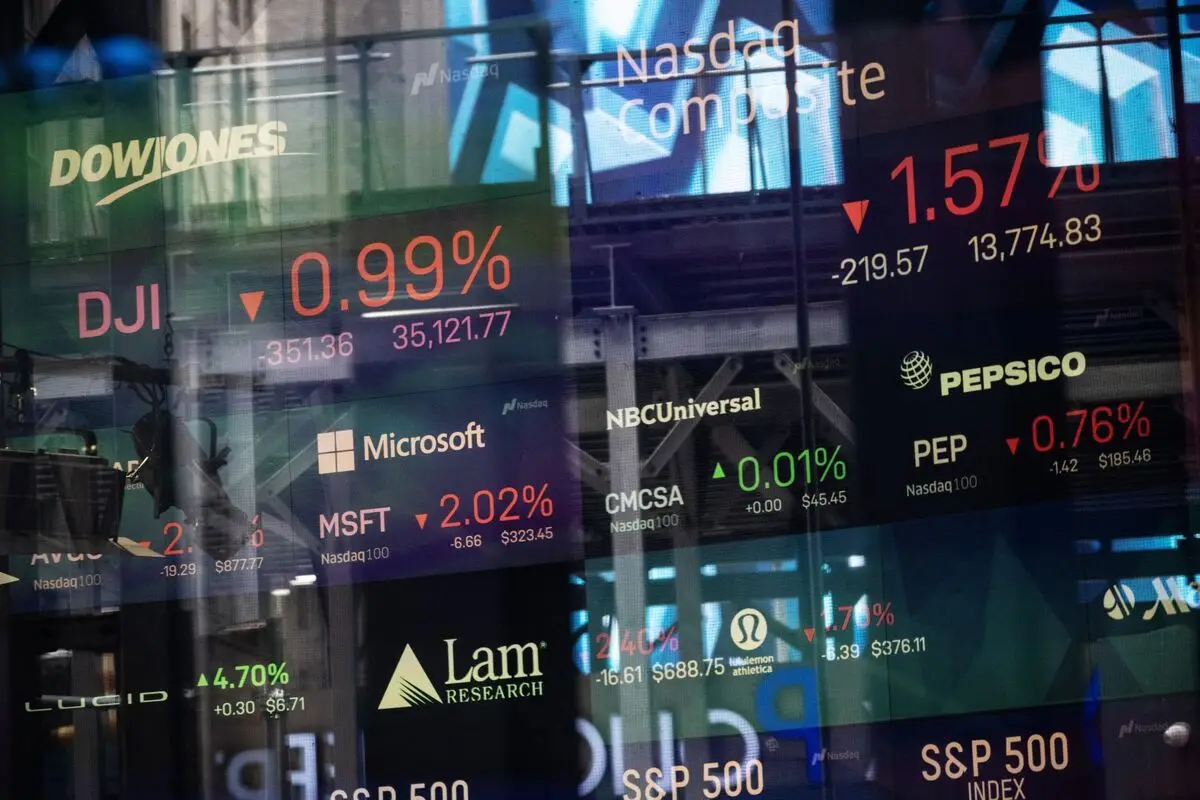Equities
Equities Beat Inflation, Diversification Key Amid Uncertainty
Barclays study underscores equities' long-term outperformance; diversification and cautious equity investment advised amidst BNPL growth and market uncertainties.
By Athena Xu
ᐧ

Key Takeaway
- Equities have outperformed inflation over any 20-year period since 1925, emphasizing the risk of exiting the stock market.
- Diversification remains crucial, despite a recent decline in the equity risk premium suggesting caution in stock overweighting.
- Contrasting strategies from Bank of America and JPMorgan reflect market timing complexities amid divergent economic forecasts.
Equity Market Insights
The enduring wisdom of maintaining investments in the stock market over the long term is underscored by the latest edition of Barclays PLC’s Equity Gilt Study. This comprehensive research, which compares the returns on UK stocks, bonds, and cash over an extended period, highlights the peril of exiting the equity market entirely. Historical data from the US, starting in 1925, reveals that equities have consistently outperformed inflation over any 20-year period, a feat unmatched by other asset classes. This pattern of resilience and growth extends to the UK market as well, with data dating back to 1899 showing similar long-term benefits of equity investment. The study emphasizes the importance of staying invested in equities, especially for those with the luxury of patience, aligning with the principles outlined in Jeremy Siegel’s "Stocks for the Long Run."
The Role of Diversification
The concept of diversification in investment portfolios is championed by Harry Markowitz, the father of modern portfolio theory, as the only "free lunch" in investing. This strategy, which involves spreading investments across various asset classes, is shown to improve risk-adjusted returns from stocks. However, the practical application of diversification can be challenging, especially during market volatility. The Barclays Equity Gilt Study also delves into asset allocation debates, including the timing of shifts between asset classes and the valuation of equities relative to bonds. The study’s equity risk premium metric, which has recently declined from a 2021 peak, suggests caution in overweighting stock market investments, yet reaffirms the necessity of maintaining some level of equity investment at all times.
Buy Now, Pay Later Phenomenon
The burgeoning "buy now, pay later" (BNPL) industry, projected to reach about $700 billion in transactions by 2028, offers consumers the ability to spread payments over time, often without interest or significant impact on credit scores. This convenience, however, comes with concerns about potential defaults and the regulatory lag in addressing the rapid growth of BNPL services. The popularity of BNPL, especially among lower-income consumers, raises questions about its role in consumer spending patterns and the broader economy. Bank of America’s analysis indicates a slowdown in BNPL adoption among its customers, suggesting a cooling effect that may not yet be evident in macroeconomic data. The intersection of BNPL usage with increasing credit card debt among heavy BNPL users points to potential financial vulnerabilities.
Market Outlook and Strategy
Recent market analyses by Bank of America and JPMorgan offer divergent views on the immediate future of the stock market. Bank of America advises against the traditional "sell in May and go away" strategy, citing historical data that suggests potential gains during the summer months, especially in a presidential election year. Conversely, JPMorgan recommends a defensive stance, suggesting investments in traditionally stable sectors like utilities and staples, in anticipation of a seasonally weak period compounded by inflation and profit margin pressures. These contrasting perspectives highlight the complexities of market timing and sector allocation in an uncertain economic environment.
Finance GPT
beta







